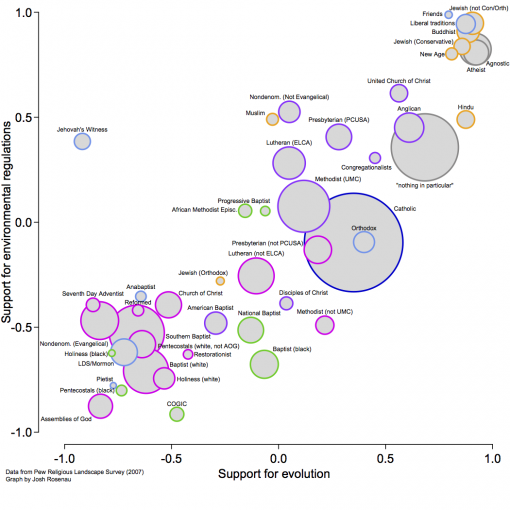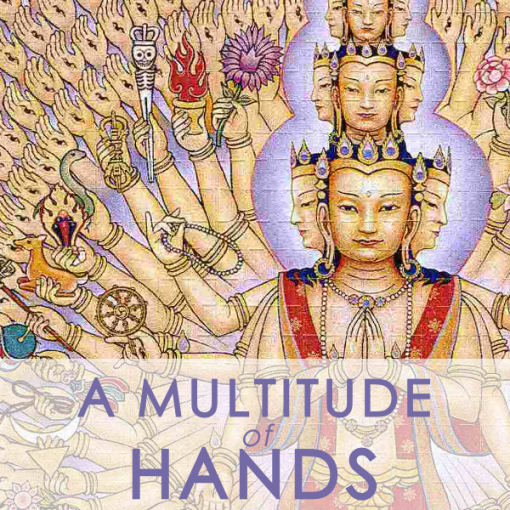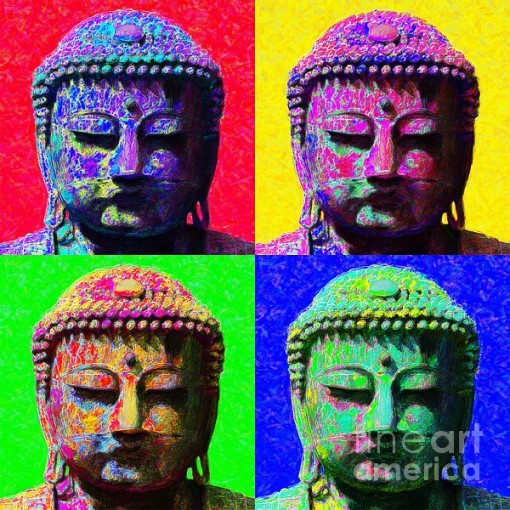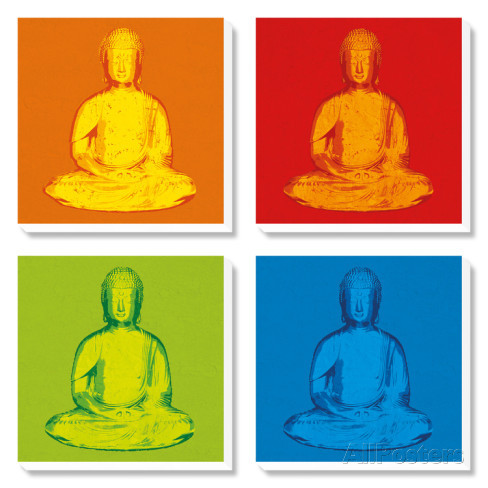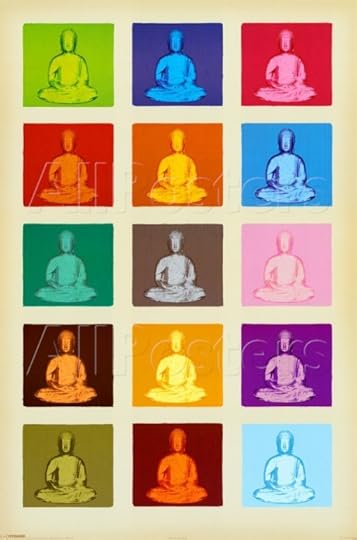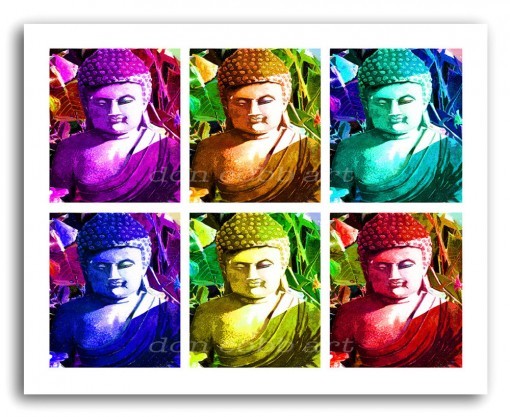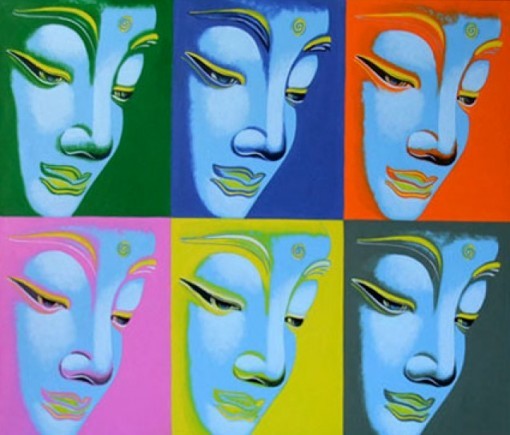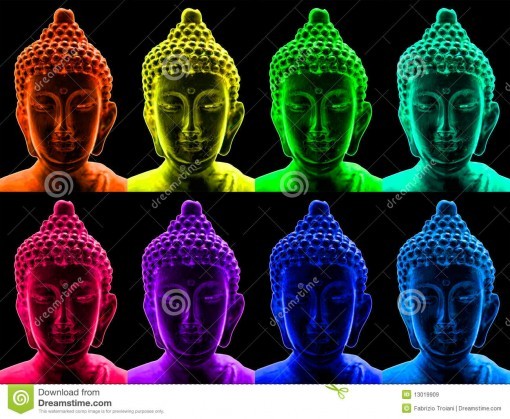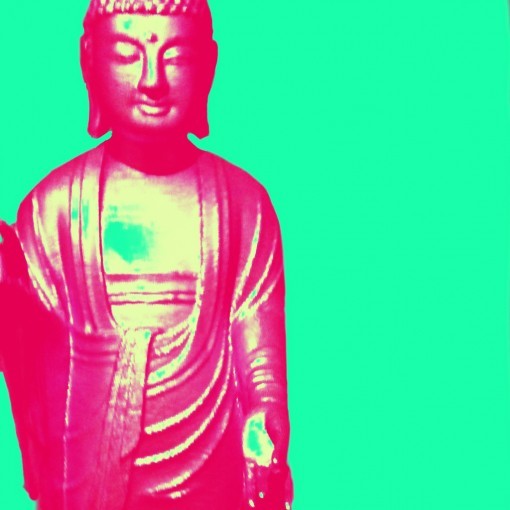Bodhipaksa's Blog
November 25, 2019
“This Difficult Thing of Being Human”
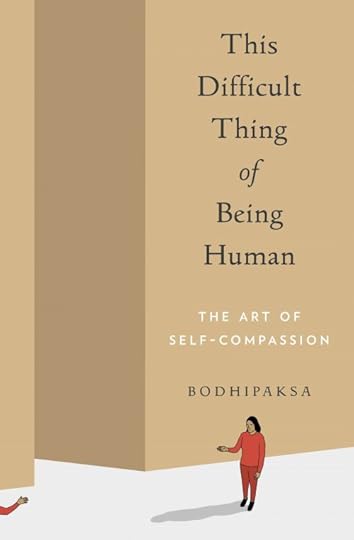
Bodhipaksa’s book on self-compassion, “This Difficult Thing of Being Human: The Art of Self-Compassion” was published on November 25, 2019, by Parallax Press. Choose from one of three delicious formats!
Paperback (Parallax Press, Amazon.com, or Local bookstore)
Kindle (Amazon)
ePub (Apple Books)
From the back cover: We all long for someone to offer us unconditional love and support. But what if that person is us? The practice of mindful self-compassion creates the space we need so that observation, acceptance, and real love can enter, no matter how judgmental or disconnected we may feel.
It sounds like a simple idea: to be kind to yourself. But if you pay attention to your thoughts, habits, and self-talk, you may find that it’s more difficult than it sounds. The intentional practice of self-compassion, outlined here by Buddhist scholar and teacher Bodhipaksa, can help you find greater overall wellbeing, emotional resilience, physical health, and willpower. Bodhipaksa provides both the why and the how of mindful self-compassion, drawing on contemporary psychology and neuroscience and also on Buddhist psychology, weaving the modern and ancient together into a coherent whole.
Contemporary psychologists are focusing less on self-esteem and more on self-compassion. Bodhipaksa, a practicing meditator of more than thirty years, effortlessly blends ancient techniques dating back to the time of the Buddha with the most recent understanding of psychology and neuroscience. And in the end, as Bodhipaksa writes, it is actually quite simple: “Life is short. Be kind.”
“Bodhipaksa gently reminds us that compassion for others begins with compassion for ourselves. This book is a wise guide to five key skills that bring mindful self-compassion to our own suffering and allow us to move through the world with our hearts wide open.”
—Tara Brach, Radical Acceptance
The post “This Difficult Thing of Being Human” appeared first on Bodhipaksa.
November 5, 2018
“I Can’t Believe It’s Not Buddha!”
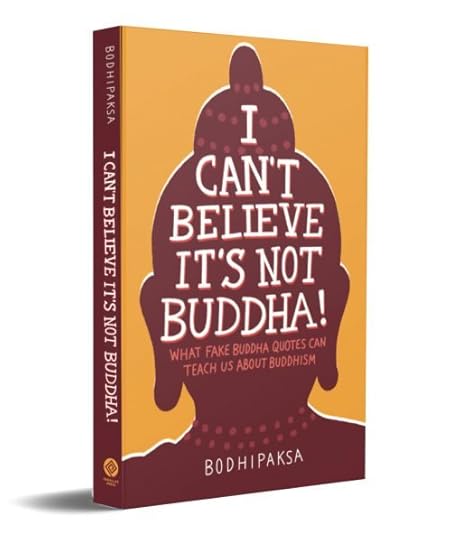 Bodhipaksa’s book on Fake Buddha Quotes, “I Can’t Believe It’s Not Buddha!” was published on November 6, 2018, by Parallax Press. Choose from one of three nutritious formats!
Bodhipaksa’s book on Fake Buddha Quotes, “I Can’t Believe It’s Not Buddha!” was published on November 6, 2018, by Parallax Press. Choose from one of three nutritious formats!
Paperback (Parallax Press, Amazon.com, or Local bookstore)
Kindle (Amazon)
ePub (iBooks )
From the back cover: “Quotes from the Buddha can be found everywhere: on Facebook, Instagram, coffee mugs, and posters. There’s only one problem: the Buddha didn’t actually say most of them. This humorous and informative book takes these fake Buddha quotes as a launching point for a discussion on what the Buddha really did say, and is a great entry point for those interested in learning more about Buddhism—what it is and what it isn’t.”
The post “I Can’t Believe It’s Not Buddha!” appeared first on Bodhipaksa.
May 26, 2015
What a bicycle can teach us about changing our habits
In the video above, Destin Sandlin, creator of the Youtube channel “Smarter Every Day,” demonstrates an interesting paradox: that we can know something and yet find it hard—even impossible for a while—to act on that knowledge.
The bicycle he’s showing off has been rigged so that the steering operates in reverse. Turn the handles right, and the front wheel turns to the left; turn them left, and the front wheel turns to the right.
One one level, learning this is easy. You can take in the simple fact: “turn the wheel the opposite way of the way you want to go when riding this bike” in jut a few seconds.
With that knowledge in mind, most of you probably think, “Hey! I could do that!” After all, you have all the knowledge you need, right! Not so fast. You wouldn’t be able to pedal this bike more than a few inches before you ground to a halt. In fact it took Destin eight months of practice to learn to ride the bike.
Intellectually we know what’s required to ride the bike. But learning how to physically interact with the world isn’t intellectual. As we learn how to ride a bike, ancient parts of the brain lay down pathways involving coordination, movement, and balance. It takes months of practice in the first place for most of us to learn this, and you’re reinforcing the brain’s pathways every time you get on a bicycle. These abilities are deeply carved into the brain.
When you try to apply the knowledge, “turn the wheel the opposite way of the way you want to go when riding this bike,” you’re having to develop entirely new habits, and are attempting to lay down new pathways. It’s not even easy to get started on this, because your previous learning is actually getting in the way of the new learning. As soon as you get on a bike your existing habits (turn the handles in the direction you want to go) kick in automatically, and there’s no way to switch them off.
Destin’s son, by contrast, was able to master the bike more quickly, because his bike-riding neural pathways haven’t been so deeply reinforced.
This explains a lot about learning practices such as mindfulness and lovingkindness. You may want to be continuously aware of your experience—for example when you’re paying attention to your breathing—but it’s very hard to do this because you already have behavioral pathways carved into the brain, and those kick in as soon as you sit down and close your eyes. You may want to behave more kindly toward other people in your life, but habits of reactivity, criticizing, and anger are similarly wired into the structure of your neuronal network.
So there’s a long period of working with two competing sets of habits as we do spiritual practice. We’re learning one set of habits while unlearning another. Essentially this goes on all the way to awakening. But there are tipping points. At a certain point you’ll find that you’re mindful enough that mindfulness starts to predominate over unmindfulness in your life. At a certain point you’ll find that enough of you is aware of the disadvantages of anger compared to kindness that kindness starts to flow more naturally than anger.
As you can see with the example of the bike, our old habits (or the neural pathways that support them) don’t exactly disappear when we reach the tipping point. They’re still there, but aren’t accessed. It’s no longer natural to be grossly unmindful or unkind. Given the right circumstances those older pathways can still be accessed. It’s harder for that to happen, but it still can.
There are two habits that support our progress toward these tipping points that I think are particularly key. One is emotional resilience. We need to be able to deal with frustration in order to train ourselves. Emotional resilience contributes to persistence. If we can’t deal with frustration, we give up. This happens to the majority of people who take up meditation. In order to be able to deal with frustration, it’s helpful to have the habit of self-forgiveness. In order to be able to forgive ourselves for messing up, it’s helpful to remember that learning isn’t easy. We should expect to mess up, and should learn to see our mistakes as an inevitable part of learning.
The other habit is more cognitive and imaginative, and it’s the ability to keep in touch with our goals. In Buddhism this is called shraddha, or “faith.” Unless we’re able to keep a sense of the long-term benefits of the habits we’re learning (whether that’s the joy of mastering a backwards bicycle or the peace and fulfillment of living mindfully and with kindness) we’ll find it hard to stay motivated. Being part of a community helps here, because if we lose our confidence we can find it again through others.
In essence a whole bunch of traits, habits, skills, and conditions come together to support and augment each other, helping us, in the long term, to change our lives radically.
There’s a lot we can learn from watching people trying to master the art of riding a backwards bike! I could say something about the Buddhist teaching of non-self (anatta) in relation to this, but I’ll save that for another post!
Related posts:
Day 25 of Wildmind’s 100 Day Meditation Challenge
When your meditation practice doesn’t seem to be going anywhere…
What animal trainers can teach you about establishing a daily meditation practice
YARPP powered by AdBistroPowered by

May 25, 2015
Life as a glowstick
Nora Meiners sent me a link to this video of herself performing “Glowsticks” at the Women of the World Poetry Slam. It deals with the familiar parental situation of dealing with a child who can’t get his head around the impermanence of a toy, and makes the connection with the impermanence of our own lives. We’re more like glowsticks than not…
Nora graduated from Emerson College with a BFA in Creative Writing but started writing poems fairly only recently She has competed in the National Poetry Slam for Boston Poetry Slam (2013) and Lizard Lounge Poetry Slam (2014). She lives in Cambridge, Massachusetts.
I like the poem, although I’d love to see it performed with more warmth and tenderness, which I think would heighten its emotional effect compared to the more declarative style shown here.
Related posts:
“For here there is no place that does not see you. You must change your life.” (Day 9)
Life is short. Be kind.
“To be creative means to consider the whole process of life as a process of birth, and not to take any stage of life as a final stage.” Eric Fromm
YARPP powered by AdBistroPowered by

May 22, 2015
Buddhists are pro-environment, pro-evolution
Josh Rosenau, evolutionary biologist and Programs and Policy Director at the National Center for Science Education downloaded the 2007 version of Pew’s Religious Landscape Survey and mapped the correlation between attitudes on the environment and attitudes on evolution. The result is the graph above. His blog post on this graph is here.
In the original survey, people had been asked which of these statements they most agreed with:
Stricter environmental laws and regulations cost too many jobs and hurt the economy; or
Stricter environmental laws and regulations are worth the cost.
The second question asked people to agree or disagree with the statement:
Evolution is the best explanation for the origins of human life on earth.
The sizes of the circles are are in proportion to the relative population sizes in the original Pew survey.
As you’ll see, Buddhists strongly agree that evolution is the best way of explaining the origins of human life. This perhaps isn’t very surprising. There’s no Buddhist creation myth to defend, and in fact that things are subject to change is a key teaching of Buddhism. While the Buddha’s emphasis was on the way our experience changes, he often referred to cosmological change as well. Had the Buddha known about how species change over time he wouldn’t have been at all surprised.
Additionally, most Buddhists I know are relatively well-educated and liberal. They respect science, for the most part.
Buddhists are also among the most pro-environmental of all religious groups, in that they support environmental regulation. That the environment needs protection against the greed and delusion of humanity is so obvious to me as a Buddhist that I can’t believe that I have would have to explain why I, and other Buddhists, see things this way.
I suppose one could argue a case that the traditional Buddhist belief in rebirth would promote a respect for the environment. Who wants to be reborn in an environmental wasteland that they themselves have helped create in a previous life? Contrast that to the view of some evangelical Christians that the world is about to end soon. Why bother preserving the environment when God is about to end his experiment?
I’m not convinced that’s actually much of a factor, although I can’t rule it out.
I that people who are attracted to Buddhism in the US tend to be liberal and pro-environmental in the first place. However, I suspect that Buddhist practices such as a mindfulness of the consequences of our actions and the cultivation of lovingkindness and compassion do nudge Buddhists toward a pro-environmental stance that they generally tended toward anyway.
Related posts:
Why Buddhists embrace evolution
Wildmind Buddhist Meditation » Top 10 celebrity Buddhists
Buddhists and violence
YARPP powered by AdBistroPowered by

May 19, 2015
An important appeal: please respond!
The short version
We need to raise $4,000 so that we can redesign our website, making it easier to use generally, and also making it much more accessible for users of mobile devices, such as smartphones.
If you prefer to use Paypal (whether or not you have an account), you can click here and enter your chosen donation.
If you want to use a credit card, you can click here, enter the amount you want to donate, and then click on “add to cart.”
And lastly, checks can be mailed to: Wildmind, 55 Main St. Suite 315, Newmarket NH 03857, USA.
The more detailed version
We’re calling this our “Multitude of Hands” fundraiser in homage to Avalokiteshvara, a mythic figure representing compassion. Avalokitesvara is said to have 1,000 hands reaching out in order to help suffering beings. Compassion finds a way. Similarly, each page of our website and each blog post is like a hand reaching out to the world. We’d like to be be able to do that more effectively.
This isn’t just a cosmetic redesign, but a complete overhaul of how our site works, so that it will be easier to use—and appear very differently—on a smartphone, tablet, or desktop computer. With your support, we’ll be able to provide better support and encouragement to meditators all over the world, whatever device they’re using.
It’s urgent that we make this move now. Google, which many people use to find us, is going to start penalizing websites that don’t offer a good experience to mobile users—and right now we don’t.
We’re barely scraping by financially at the moment, and we need your help to be able to pull this off. We’ve already found a designer and in fact he’s already started work. The initial results are very promising indeed, and I’m looking forward to unveiling the final design when it’s ready—hopefully before the end of this month.
It would be wonderful if you could donate $100, $50, or even just $10 — whatever you can afford. You can make a donation using any of the links above or below.
If you prefer to use Paypal (whether or not you have an account), you can click here and enter your chosen donation.
If you want to use a credit card, you can click here, enter the amount you want to donate, and then click on “add to cart.”
And lastly, checks can be mailed to: Wildmind, 55 Main St. Suite 315, Newmarket NH 03857, USA.
With much love,
Bodhipaksa
Related posts:
Urgent appeal for donations
Finding the Sacred Balance: One more push!
An urgent appeal – please give today!
YARPP powered by AdBistroPowered by

May 16, 2015
Pop Art Buddhas
Pop art, Wikipedia tells us, is an art movement that emerged in the mid-1950s in Britain and in the late 1950s in the United States. Pop art presented a challenge to traditions of fine art by including imagery from popular culture such as advertising, news, etc. In pop art, material is sometimes visually removed from its known context, isolated, and/or combined with unrelated material.
For some reason I found myself using Google’s images search to look for Pop Art representations of the Buddha. There’s rather a lot of them out there, and I’ve included a few here, with links so that you can support the artists, if you’re so inclined. (None of these are affiliate links.)
Related posts:
Ethiopian Art Deco
Bodhisattva at the Seattle Asian Art Museum
Bob Thurman: We can be Buddhas
YARPP powered by AdBistroPowered by

May 15, 2015
We can save a precious Buddhist archaeological site!
Brent Huffman, who travelled to Afghanistan to film the desperate efforts by archaeologists to document the ancient city of Mes Aynak before it turns into a Chinese-funded open-cast copper mine, wrote today to point out these new artifacts, which were recently unearthed:
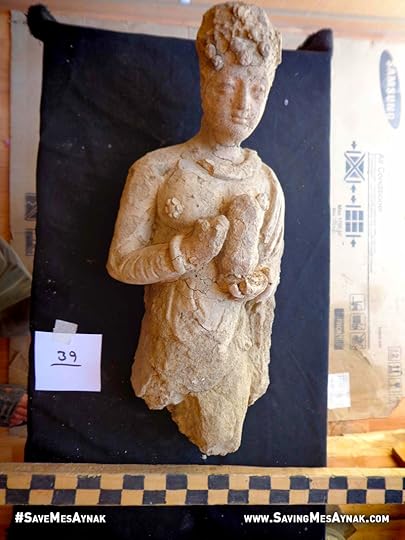
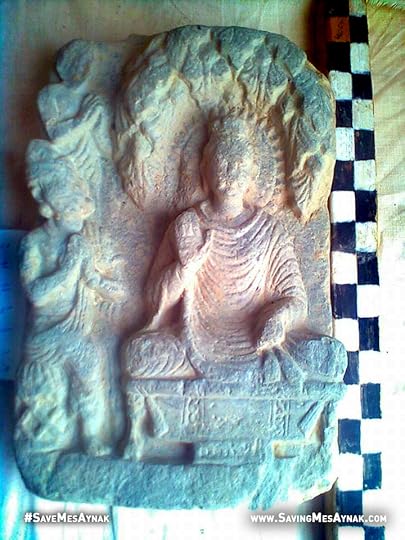
The unheard-of level of preservation on discoveries just like this is one of the many reasons why Mes Aynak provides such a unique insight into Buddhism and Afghanistan’s past. This historical treasure must be protected and preserved!
Mes Aynak (“little copper well” in Pashto) is a mountainous site in the Taliban-controlled Logar Province, Afghanistan, 25 miles southeast of Kabul near the Pakistan border. Mes Aynak contains the ancient remains of a 2,000-year-old Buddhist city, on top of a 5,000-year-old Bronze Age site. Massive, at nearly 500,000 sq. meters, this historic Buddhist city contains dozens of unique and never-before-seen stupas and temples, thousands of artifacts, and around 600 large Buddha statues – similar to those destroyed by the Taliban in 2001 at Bamiyan.
These archaeologists working at Mes Aynak risk their lives daily to discover and protect the priceless cultural heritage found at the site. Learn more about the sacrifices they make in our new video, featuring footage from “Saving Mes Aynak”. Please help by sharing their story, and the story of Mes Aynak.
Please do contribute to Saving Mes Aynak’s Indiegogo fundraiser, which will go towards advocacy and education in order to build a strong international case for saving the city,
Also please sign the change.org petition in order to pressure the Afghan government to reconsider its decision regarding Mes Aynak, and a separate petition to ask UNESCO to add Mes Aynak to a list of endangered sites.
Related posts:
“New” Buddha statues discovered in Afghanistan
Grasping the snake of impermanence by the wrong end
Documenting a doomed city
YARPP powered by AdBistroPowered by

May 14, 2015
What is mindfulness?
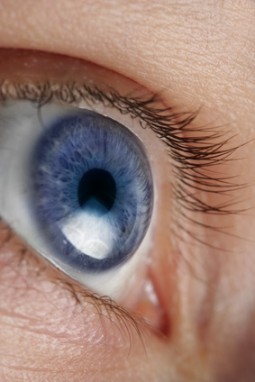 Considering that I’ve been practicing meditation for over 30 years, I’m rather embarrassed about how hard I find it to define mindfulness.
Considering that I’ve been practicing meditation for over 30 years, I’m rather embarrassed about how hard I find it to define mindfulness.
I’ve described it elsewhere as “the gentle effort to be continuously present with experience.”
Jon Kabat-Zinn’s has described it as “Paying attention in a particular way: on purpose, in the present moment, and nonjudgmentally.”
The other day I thought of a useful way to describe or define mindfulness:
“Mindfulness is when we observe our experience rather than merely participate in our experience.”
Unmindfulness is an almost hypnotic state. We’ve lost our perspective on our experience, and we’re swept along by it. We may be caught up in an angry rant, or in some compulsive activity like binge-watching TV, but we’re not standing back and observing our experience. We’re participants in the stories and fantasies we create.
In mindfulness we observe our experience rather than merely participate in it. When there’s anger present, we notice the feelings and thoughts that constitute the experience. Part of us is still caught up as a participant, but we’re observing that taking place. When there’s a compulsive activity going on, we stand back and recognize that this is happening. We may not yet be able to stop our compulsion, but we’re at least making a move in that direction.
Another way to put this is that when you’re unmindful, you’re entirely inside your experience. When you’re mindful, you’re partly inside it but there’s a significant part of you that’s looking at the experience from the outside. In neuroscience terms this probably means that you can have your limbic system active (that’s where your emotions and drives operates) or you can have your neocortex (your higher centers) monitoring what the limbic system is up to. That’s the part of you that’s standing outside your experience. That’s the part of you that’s observing, rather than merely participating.
Related posts:
A symbol for mindfulness
Sign of the Times: mindfulness in schools
Mindfulness of hunger
YARPP powered by AdBistroPowered by

May 11, 2015
Raw Voices podcast
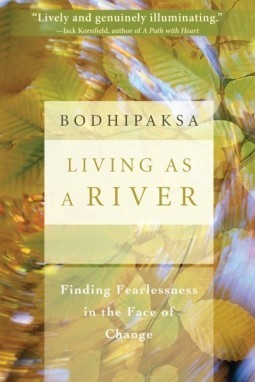 The other week I was interviewed by Olivier Larvor and Tim Brownson of the Raw Voices podcast. You can listen to the podcast here.
The other week I was interviewed by Olivier Larvor and Tim Brownson of the Raw Voices podcast. You can listen to the podcast here.
Olivier seems to be a fan of mine:
A truly enlightening podcast with Buddhist and meditation teacher Bodhipaksa Dharmacari, author of the book ”Living as a river: finding fearlessness in the face of change”
Prepare to be transported by Bodhipaksa’s stories, wisdom and soft-creamy voice.
Such a cool and humourous guy!
And his voice…
Damn!
Silky.
Ok fine, I am jealous!
The interview was rather rambling, since I was responding to questions and points that Olivier and Tim were bringing up. It’s partly about meditation and how it works, and partly autobiographical.
Olivier has a rather lovely French accent. He described himself as an “HR Project Manager, musician in an obscure indie band, guitar collector, ICF certified coach, failed writer, father of two boys and most of a time, an arrogant ass.”
I have to say he didn’t come across as arrogant in the slightest.
Tim is someone I know, since he’s been one of my meditation students for years. He’s English (you’re getting a great variety of accents in this podcast) and is a life coach. He blogs at A Daring Adventure and Coach the Life Coach. He’s a lovely guy. One of the things I most admire about him is that his teaching is evidence-based. He’s very happy to to challenge conventional wisdoms that many other life coaches accept uncritically.
The rest of the podcasts look interesting as well, although I haven’t had a chance to listen to any of them yet.
Related posts:
Don’t Hesitate: Meditate
Mindfulness and education
Hit the ground sitting! Day 6 of our 100 Day Meditation Challenge
YARPP powered by AdBistroPowered by


